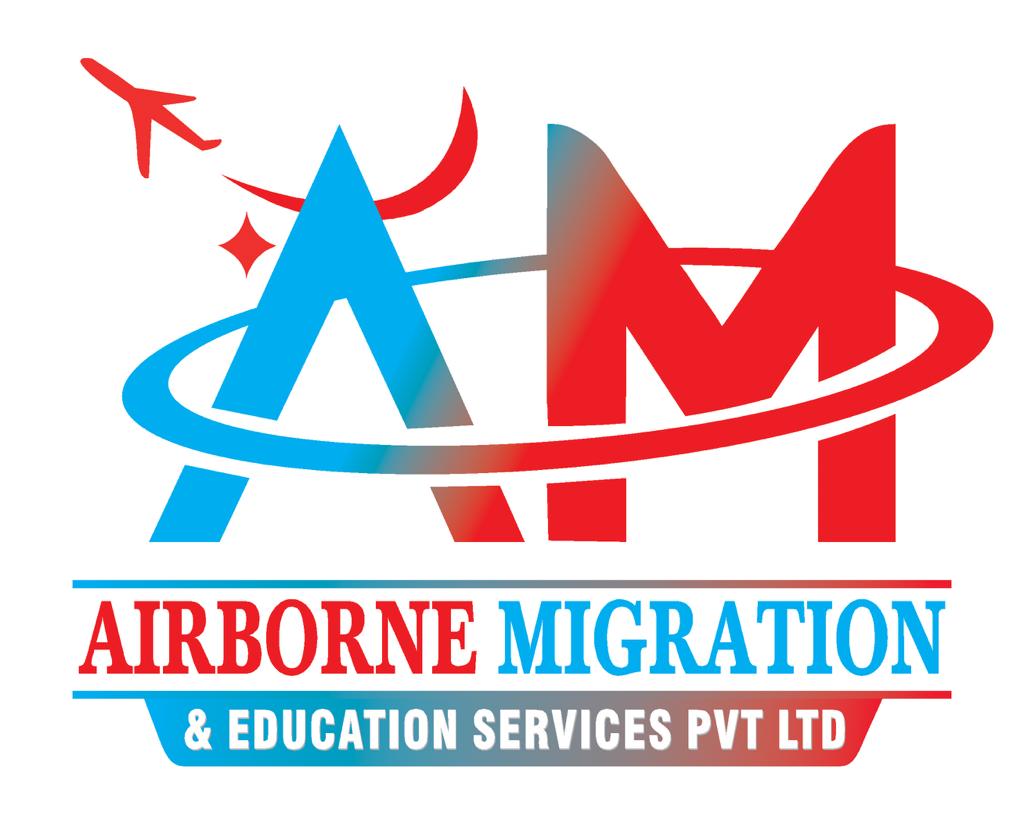Airborne Migration & Education
At Airborne Migration & Education, we specialize in guiding skilled professionals through the Employer-Sponsored Visa process, which allows qualified workers to migrate to foreign countries for employment opportunities. Employer-sponsored visas are a popular option for individuals seeking to work in countries like Australia, Canada, and the UK, where skilled labor is in demand.
An Employer-Sponsored Visa lets you secure a job offer from an approved employer who will act as your sponsor, enabling you to legally work and live in the country for a specified period or permanently. This visa stream is a great pathway to career growth and long-term residency.
Why is an Employer-Sponsored Visa Important?
An Employer-Sponsored Visa is crucial for workers who want to build their careers abroad. It offers a direct route to securing legal employment and can provide a pathway to permanent residency. This visa type benefits both employees and employers — it allows businesses to fill skill gaps with foreign talent, while providing workers with job stability and a new life in a foreign country.
- Work Legally Abroad: An employer-sponsored visa enables you to live and work legally in the host country.
- Job Security: You get a job offer from a recognized and authorized employer, ensuring legal employment.
- Pathway to Permanent Residency: Many employer-sponsored visa pathways, such as the Temporary Skill Shortage (TSS) Visa in Australia or the Employer-Specific Work Permit in Canada, offer opportunities for permanent residency after a set period.
- Employer Support: Your employer helps guide the application process, providing the necessary documentation and support, making the visa process smoother.
- International Career Growth: It opens doors to global career opportunities in high-demand sectors, allowing you to gain valuable international experience
In Australia, the Temporary Skill Shortage (TSS) Visa (subclass 482) and Employer Nomination Scheme (ENS) Visa (subclass 186) are the most common employer-sponsored visas, which allow skilled workers to live and work in Australia temporarily or permanently. (Australian Department of Home Affairs, 2023)
Eligibility for an Employer-Sponsored Visa
The eligibility criteria for an Employer-Sponsored Visa can vary depending on the country and the visa subclass, but here are the general requirements:
- A Valid Job Offer: You must have a valid job offer from an approved employer who will sponsor your visa application.
- Occupation in Demand: Your occupation should be on the country's skilled occupation list (e.g., Australia’s Skilled Occupation List (SOL)).
- Qualifications and Experience: You must meet the relevant educational qualifications and have work experience in the occupation you’ve been offered.
- Sponsorship by an Approved Employer: Your employer must be approved to sponsor foreign workers. We can help you ensure that your employer meets all the requirements.
- English Language Proficiency: Most countries require you to prove your proficiency in the local language (e.g., IELTS or TOEFL for English-speaking countries).
- Health and Character Checks: You may be required to undergo medical and police checks to ensure you meet the health and character standards.
In Canada, the Employer-Specific Work Permit allows foreign workers to work for a specific employer and is often linked to temporary employment opportunities. In some cases, employers can sponsor the employee for permanent residency after meeting the eligibility criteria. (Government of Canada, 2023)
Employer Sponsored Regional Visa (Subclass 494)
The Subclass 494 visa allows skilled workers to live and work in designated regional areas of Australia for up to 5 years. It’s designed to help regional employers fill labour shortages when no suitable Australian workers are available. This visa offers a clear path to permanent residency through the Subclass 191 visa after three years.
To apply, you must be nominated by a regional employer for an occupation on the relevant list, have a valid skills assessment, at least three years of skilled work experience, and meet English and health requirements. The processing time typically ranges from **6 to 12 months**, depending on the stream and completeness of your application.
Direct Entry Stream: For applicants with suitable qualifications and experience who haven't worked in Australia previously. A positive skills assessment and three years’ experience are essential.
Labour Agreement Stream: For workers sponsored under a formal labour agreement between an employer and the Australian Government. Conditions are agreed upon per agreement.
Temporary Residence Transition Stream: Not available for Subclass 494 — this visa is designed for regional direct pathways only.
Employer Nomination Scheme Visa (Subclass 186)
The Subclass 186 visa is a permanent residence visa for skilled workers nominated by an Australian employer. It allows you to live and work in Australia permanently and is one of the most direct routes to PR for eligible applicants with long-term job offers.
You must be nominated by an Australian employer, be under 45 years of age (with some exemptions), meet English language requirements, and have the skills for the nominated position. Processing times vary but typically range from **5 to 12 months** depending on the stream.
Direct Entry Stream: Suitable for people who have never or only briefly worked in Australia. It requires a skills assessment and at least three years’ experience in the nominated occupation.
Temporary Residence Transition Stream: For 457 or 482 visa holders who have worked for their employer for at least 3 years. This stream requires employer nomination but doesn’t need a new skills assessment.
Labour Agreement Stream: For people sponsored through a labour agreement. The terms are defined within the agreement, and age or skill requirement exemptions may apply.
Regional Sponsored Migration Scheme Visa (Subclass 187)
The Subclass 187 visa was a permanent residency visa for skilled workers who wanted to work in regional Australia and were nominated by an approved employer. It has since been replaced by the Subclass 494 visa, but transitional arrangements still apply for some older applications.
Applicants needed to be under 45, have a valid nomination, meet skills and English language requirements, and typically had to work for the nominating employer for a set period. Processing times ranged from **6 to 11 months**, though this visa is now closed to new applicants under most categories.
Direct Entry Stream: Required a skills assessment and three years of relevant experience in the nominated occupation. Available for those not previously working in Australia.
Temporary Residence Transition Stream: For Subclass 457/482 visa holders who worked for their nominating employer for at least 2–3 years in a regional area. This was the most common pathway to PR under Subclass 187.
Labour Agreement Stream: Allowed employers in regional areas to nominate workers under customized agreements. Applicants needed to meet any additional conditions specified in the agreement.

